Status Operational Opened 1940 | Population 1,480 | |
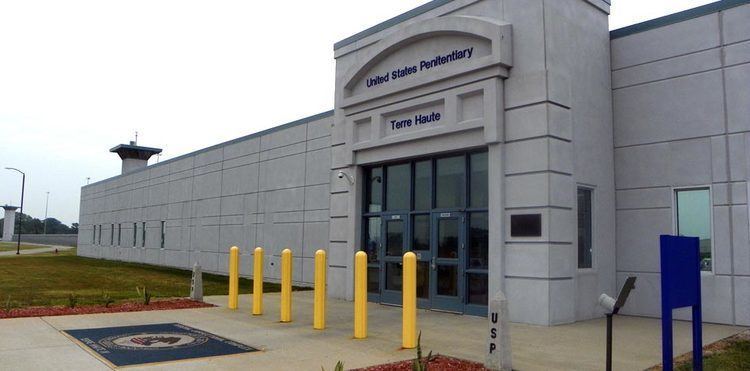 | ||
Security class High-security (with minimum-security prison camp) Managed by | ||
The United States Penitentiary, Terre Haute (USP Terre Haute) is a high-security United States federal prison for male inmates in Terre Haute, Indiana. It is part of the Terre Haute Federal Correctional Complex (FCC Terre Haute) and is operated by the Federal Bureau of Prisons, a division of the United States Department of Justice. USP Terre Haute houses a Special Confinement Unit for male federal inmates who have been sentenced to death as well as the federal execution chamber. FCC Terre Haute is located in the city of Terre Haute, 70 miles (110 km) west of Indianapolis.
Contents
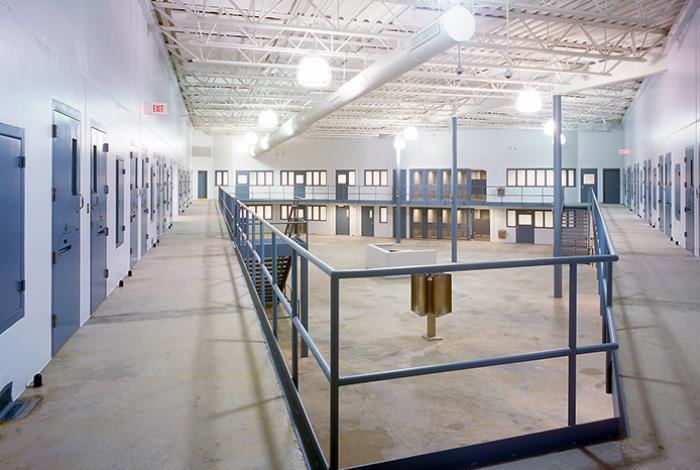
History
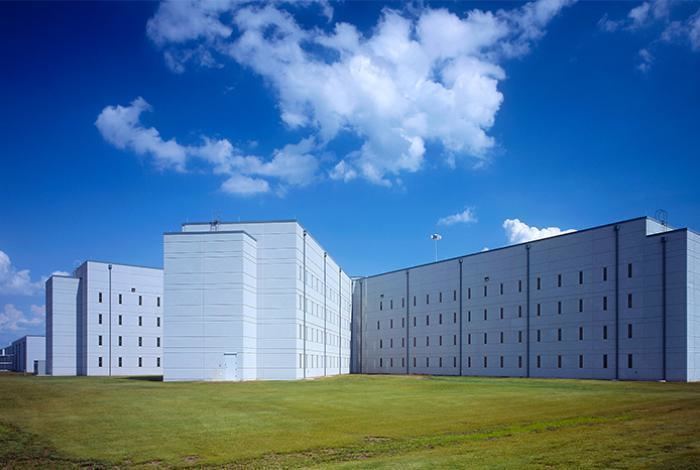
A new United States penitentiary was authorized by President of the United States Franklin D. Roosevelt in 1938 and established in Terre Haute, Indiana, in 1940 on 1,126 acres (4.56 km2) of land. The opening of the prison in this city was partly due to heavy promotion by Terre Haute’s Chamber of Commerce, which eventually went on to raise $50,000 to pay for the property on which the prison was built. The residents of Terre Haute initially embraced the prison due to the impression that it would provide jobs to local residents in addition to helping Terre Haute’s economy while only housing non-violent offenders. E.B. Swope was the prison’s first warden.
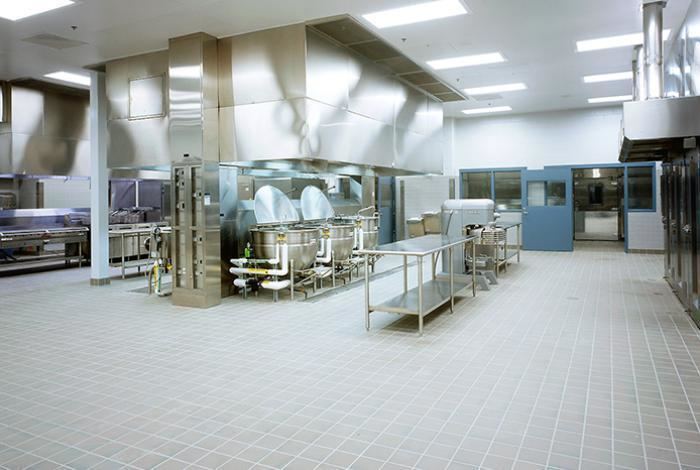
The U.S. Public Works Administration issued a $3 million grant to pay for construction of USP Terre Haute in 1938. Construction cost of the institution at the time that it was built was $2,150,000. The architectural design of the prison is a modified telephone pole design with all housing and other facilities opening onto a long central corridor. It was the first penitentiary for adult felons ever to be constructed without a wall. In 2004, the new USP was built on adjoining property, with the old penitentiary becoming a medium-security Federal Correctional Institution.

USP Terre Haute was one of the first federal prisons to emphasize rehabilitation by providing psychological and psychiatric treatment, referring to prisoners by names as opposed to numbers, and allowing prisoners to talk during meals instead of eating in silence. The institution initiated the use of the word "inmate" as opposed to other less-appealing labels such as "convict" or "criminal". It also became one of the first federal prisons to implement educational programs in prisons with sessions devoted to improving the inmates' skills in reading, writing, math, as well as trades.
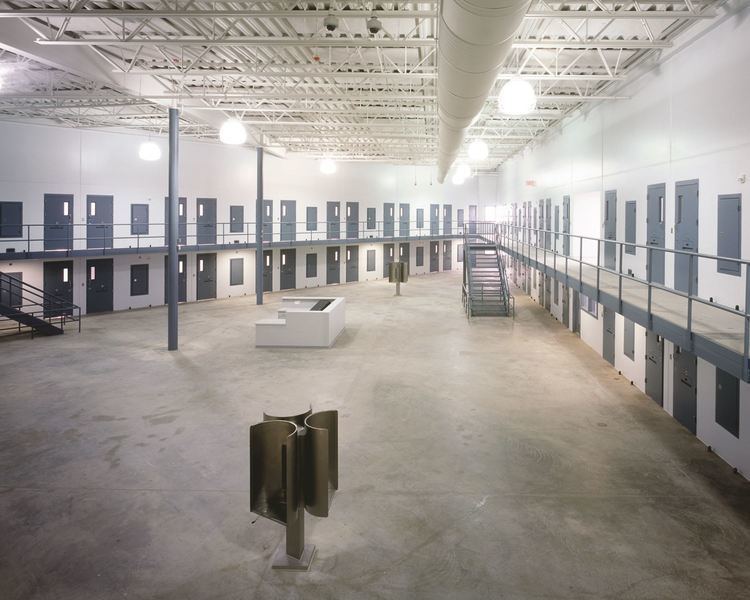
Camp 5, part of the Guantanamo Bay detention camps, in Cuba, is reported to have been based on the design of USP Terre Haute.
Facility

USP Terre Haute is a Care Level 3 facility, which means that any inmate sent to Terre Haute who has serious health problems that are not major enough to warrant hospitalization is sent to the USP. This facility is also a tobacco-free institution. This part of the FCC contains six housing units. One of the six housing units is a faith-based unit that can house 125 inmates. When the inmates are not working, they are partaking in faith-based activities. All of the inmates in the USP are allotted seven visit-days a month and 300 minutes of telephone time, which they have to use in increments of 30 minutes or less. The inmates housed here can work at UNICOR, which is a prison industry that makes towels and other accessories for the military. Inmates employed here earn an average of $6.50 to $7.50 a day and some can make up to $12 a day if they are paid by piece as opposed to by the hour.
Death row
On July 19, 1993, the federal government designated USP Terre Haute as the site where federal death sentences would be carried out, including the establishment of the "Special Confinement Unit," the federal death row for men. The Bureau of Prisons modified USP Terre Haute in 1995 and 1996 so it could house death row functions. On July 13, 1999, the Special Confinement Unit at USP Terre Haute opened, and the BOP transferred male federal death row inmates from other federal prisons and from state prisons to USP Terre Haute. There are currently 58 inmates on death row. The federal government chose Terre Haute as the location of the men's death row due to its central location within the United States.
Among those most recently executed at USP Terre Haute were Timothy McVeigh and Juan Raul Garza in 2001, and Louis Jones, Jr., in 2003. McVeigh, who was convicted for his responsibility for the Oklahoma City bombing, was the first prisoner executed by the U.S. Government since the moratorium on the death penalty was lifted in 1976. The method of execution used by the federal government is lethal injection.
Notable inmates
The following lists contain the names of current and former notable inmates.
